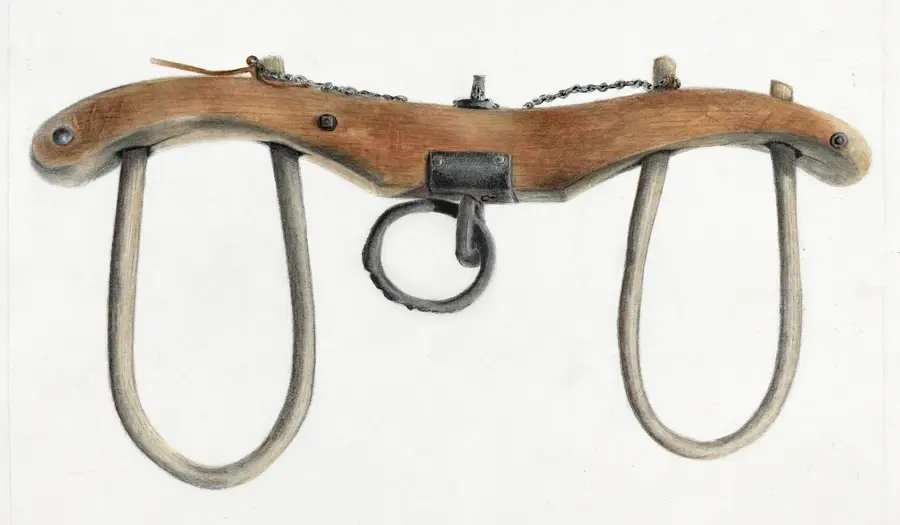5 Things to Consider When Preparing for a New Website (or Website Refresh)
Your website is the most important presence you have online. It is the face of your organization and can persuade visitors to engage you, or drive...
4 min read
 James Bishop
:
May 1, 2023 12:28:00 PM
James Bishop
:
May 1, 2023 12:28:00 PM

Persona development and implementation can be powerful tools as you work to increase your effectiveness with leads and donors. Knowing where the gas pedal is on a car doesn’t mean you know how to drive. Similarly, knowing how to create an effective persona is important for that persona to work correctly. So, what is a persona and how can it help your ministry's marketing and communications?
A nonprofit persona is a semi-fictitious character based on real-world data from donor information you’ve collected through conversations, focus groups, and surveys. A persona is not supposed to be 100% accurate in describing each donor you communicate with – personas are targeted explanations of the type of person you’re communicating with so that your communications reach the most people possible. A good persona provides a window into the mind of the type of person who is interested in donating to your cause.
Whether you are a church, a homeless shelter, a private Christian school, or any other ministry serving a need in your community, the impact of a good persona can be immense. Knowing the mind of the audience you are trying to reach means you can capture their attention and influence their decisions much more effectively. A persona isn’t a cheat sheet for donations, of course. In every ministry I’ve worked with, the donor is a respected partner in the cause. A persona helps you communicate more effectively than other competing interests and even other nonprofits.
A Phrase I appreciate deeply is “Work smart, not hard.” Sometimes hard work is the only work that will get the job done. More often than not, we can find a smart approach for many tasks. With a persona in hand, you can tailor your social media posts, email communications, videography, website, print materials, and events… all of it, to the type of donor you know is already interested in your cause, avoiding a lot of “hard” work that goes almost nowhere.
First, you’ll want to create a basic understanding of your donors through a survey you send to them through email (and mail, if you so choose). Try to get in front of as many donors as possible. The more data, the more accurate your persona. The questions you ask will depend on your ministry’s and donors’ comfort level with asking/offering that information. A rule of thumb for whether it’s a good question is “Can I use this data to improve my communications with donors?” If the answer is no, move to a question that will offer more value.
One of the most sensitive questions you can ask that offers a lot of value is the income range of your donor base. It’s recommended that you include basic financial questions but leave them optional in case the person taking the survey is uncomfortable divulging that info. It’s better to get most of your questions answered than to have the donor abandon the survey altogether because of not wanting to offer a required piece of information.
The basic questions you should ask are identifying info, like name, email, address, and phone number. You can then get into their life and family history with their education, employment, marital status, children, income, and religious affiliation. The final set of questions should be ministry-specific and improve your understanding of their relationship with you. “What area of our ministry most interests you?”, “Why do you give to our cause?”, “Do you give to any other nonprofits?” “If yes, how many?” “Does your religious affiliation influence your giving?” Questions like these can help change how you talk to donors.
Once you have your results, you can opt to have more personal one-on-one conversations with donors which can offer unique, anecdotal insights. You can also tally what you already have and move into persona creation. Once you’re ready to use the data, you’ll want to take the most common answers and use them to write a fictional version of your donor based on the real data you’ve collected. As an example: If 68% of the respondents said they have a Christian affiliation, your persona should have that in their story. While 32% of your donors aren’t affiliated with the Christian faith, the 68% portion are the overwhelming majority you should focus on when communicating. If the split was more even, you might consider a different approach or, splitting the info and creating two personas.
Giving Gwen is in her late 50s. She has retired from part-time work to move into a much more enjoyable role: full-time grandmother. Gwen’s Christian faith is a big part of her life and leads her to give both her time and her finances to causes that help those in need. She cares about stewardship and accountability and wants to know that her time and money aren’t being wasted on frivolous or unproductive efforts. Her family is comfortable at around $80,000/year, but her giving has limits, so where she gives is a true seal of approval on a short list of charities.

From this story that contains real data about your donors, you’re able to frame your efforts toward Giving Gwen. Here are a few efforts that might change because of this new persona:
Knowing whom you’re talking to, whether in-person or en masse, means that you are communicating with them more personally, more authentically, and more effectively. Everyone wants to be known, and by knowing your donor, you honor them and become more effective for the ministry you love.
What are your thoughts? Have you used personas in your non-profit work and found great success with this tool? Maybe you've tried utilizing personas and it's gone terribly wrong. Contribute to the conversation below!

Your website is the most important presence you have online. It is the face of your organization and can persuade visitors to engage you, or drive...

Understanding your audience is a cornerstone of effective ministry marketing. At James Bishop Co., we emphasize the importance of this foundational...

I’ve been a part of many different size ministries, from a solo marketer in an organization with a total of 3 staff, to a communications team of two,...

1 min read
It was 2008 when I began job hunting again after months at home as a new mom. My excitement was building at the chance to utilize my graphic design...

Last Christmas, I plotted to purchase a china cabinet for my wife. I was scouring the internet for the best and easiest to transport. I looked at a...